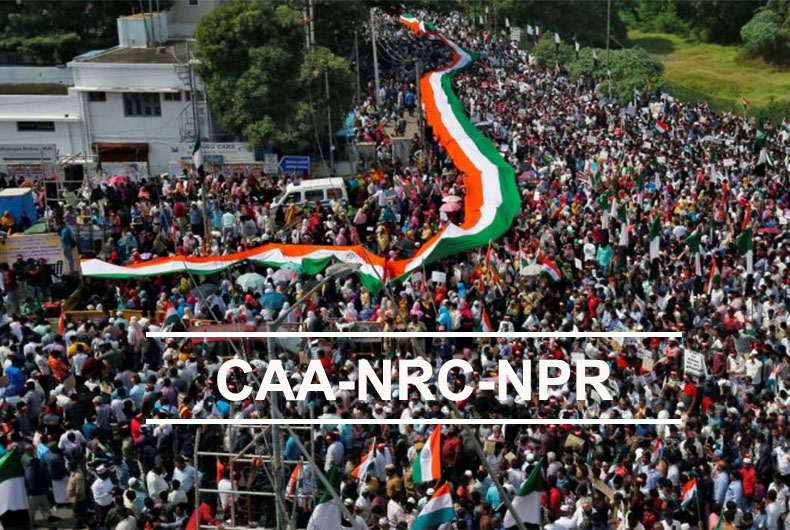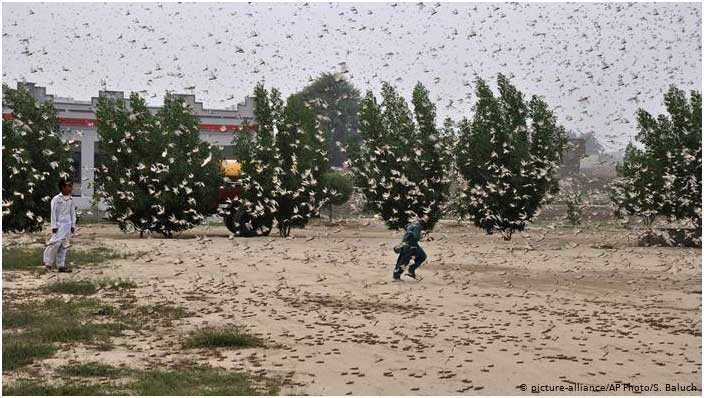RSN is "real" organization, with a full slate of expenses. Our budget is in fact modest and it’s lean. With those donations we do get we pay:
- 14 workers inc., contractors, creative fees (writers).
- Technical costs, servers, technicians, phones, credit card processing, development etc.
- Accounting and legal expenses, taxes, insurance etc.
Which Allows us to reach and serve a half a million visitors every month.
Every donation matters at this point. If we have to put up a fight we are prepared to do that.
In solidarity.
Marc Ash
Founder, Reader Supported News
Founder, Reader Supported News
If you would prefer to send a check:
Reader Supported News
PO Box 2043
Citrus Hts, CA 95611
Reader Supported News
PO Box 2043
Citrus Hts, CA 95611
Ryan Grim, Aída Chávez, Lee Fang and Akela Lacy, The Intercept
Excerpt: "The Sanders campaign reports it received 29.7 percent of the vote, closely followed by former South Bend Mayor Pete Buttigieg at 24.6 percent."
READ MORE

Iowa voters listen as Democratic presidential candidate Sen. Bernie Sanders speaks at the Ames City Auditorium on January 25, 2020, in Ames, Iowa. Iowa holds the state's caucuses on February 3. (photo: Win McNamee/Getty Images)
Sanders Reportedly Finished 1st, Biden 4th in Unreleased Iowa Poll
Tim O'Donnell, The Week
O'Donnell writes: "Remember that final poll of Iowa Democrats from CNN and The Des Moines Register that wasn't released because of an interviewing error? Well, FiveThirtyEight reportedly confirmed the final results."
READ MORE
Tim O'Donnell, The Week
O'Donnell writes: "Remember that final poll of Iowa Democrats from CNN and The Des Moines Register that wasn't released because of an interviewing error? Well, FiveThirtyEight reportedly confirmed the final results."
It was a particularly rough poll for former Vice President Joe Biden, who fell all the way to fourth, despite hovering near the top of the leaderboard for months. Former South Bend, Indiana, Mayor Pete Buttigieg came in third.
We can confirm the final results of the unreleased Iowa Poll:
Sanders 22%
Warren 18%
Buttigieg 16%
Biden 13%
fivethirtyeight.com/live-blog/iowa…
5,288 people are talking about this
READ MORE

Michael Bloomberg. (photo: Andrew Harrer/Bloomberg)
DNC Debate Rules Forced Diversity Out of the Democratic Presidential Race - and Then They Changed the Rules for a Really Rich White Man
Stephen A. Crockett Jr., The Root
Crockett Jr. writes: "By the end of January, damn near every candidate of color had withdrawn from the race. And all of them could cite one culprit as the reason for their withdrawal: the stringent and unwavering debate rules of the Democratic National Committee."
READ MORE
Stephen A. Crockett Jr., The Root
Crockett Jr. writes: "By the end of January, damn near every candidate of color had withdrawn from the race. And all of them could cite one culprit as the reason for their withdrawal: the stringent and unwavering debate rules of the Democratic National Committee."
READ MORE

A student at Marjory Stoneman Douglas High School, visits a makeshift memorial set up in front of the school on Feb 18, 2018. (photo: AFP)
I Was a Parkland Teacher. Listen to Our Stories and Keep the Promise of Never Again.
Ivy Schamis, The Washington Post
Schamis writes: "'Are we going to die today?' That was the last question a student ever asked me in my classroom at Marjory Stoneman Douglas High School in Parkland, Fla."
READ MORE
Ivy Schamis, The Washington Post
Schamis writes: "'Are we going to die today?' That was the last question a student ever asked me in my classroom at Marjory Stoneman Douglas High School in Parkland, Fla."
READ MORE

Hatice Cengiz said if anything now happened to her, the world would be responsible. (photo: Taylor Jewell/Invision/AP)
Khashoggi Fiancee: 'Saudi Arabia Can Get Away With Whatever It Wants'
Stephanie Kirchgaessner, Guardian UK
Excerpt: "'Because these people were not punished for what they have done, and because the world has chosen to just move on, they can still do what they want,' Hatice Cengiz said."
READ MORE
Stephanie Kirchgaessner, Guardian UK
Excerpt: "'Because these people were not punished for what they have done, and because the world has chosen to just move on, they can still do what they want,' Hatice Cengiz said."
READ MORE

Qandeel Baloch. (photo: Nation)
New Book Looks at Murder of Pakistani Social Media Star at the Hands of Her Brother
Renee Montagne, NPR
Montagne writes: "Baloch's fame could not protect her from a tragic end: One of her brothers murdered her in what's known as an honor killing. She was just 26."
READ MORE
Renee Montagne, NPR
Montagne writes: "Baloch's fame could not protect her from a tragic end: One of her brothers murdered her in what's known as an honor killing. She was just 26."
Journalist Sanam Maher, who has written a book about Baloch (whose real name was Fauzia Azeem) called A Woman Like Her, spoke with NPR about the star and the aftermath of her death.
READ MORE

A beluga whale swims under an iceberg in Alaska. (photo: Design Pics Inc/First Light/Getty Images Plus)
Belugas Are Dying Off in Alaska and Oil and Gas Operations Are to Blame, Says Lawsuit
Jordan Davidson, EcoWatch
Davidson writes: "Two environmental groups made a formal announcement that they will file a lawsuit to protect endangered beluga whales whose numbers have plummeted recently."
READ MORE
Jordan Davidson, EcoWatch
Davidson writes: "Two environmental groups made a formal announcement that they will file a lawsuit to protect endangered beluga whales whose numbers have plummeted recently."
The suit aims to void permits allowed by the National Oceanic and Atmospheric Administration (NOAA) that opened up oil and gas exploration in Cook Inlet in southern Alaska. The suit alleges that NOAA violated the Endangered Species Act by issuing the permits without protecting Cook Island belugas. The law requires the formal 60-day notice before the agency can be sued, according to The Associated Press.
The Center for Biological Diversity and Cook Inletkeeper teamed up to send notice that they will sue NOAA.
NOAA's National Marine Fisheries Service (NMFS) released a disturbing new population estimate last week that showed whale numbers are far lower than previous estimates and their numbers are dropping rapidly, as Reuters reported.
The NMFS report estimated that only 279 beluga whales remain in Cook Inlet, a steep decline from the nearly 1,300 that lived there in 1979. The population decline has accelerated to an annual rate of 2.3 percent over the last decade, which is four times faster than previous estimates, according to NMFS, as Reuters reported.
Cook Inlet runs almost 200 miles from Anchorage to the Gulf of Alaska. It supplies energy for the south-central part of the state. The industrial activities there threaten beluga whales, which swim there and feast on salmon and other fish, according to The Independent.
The Center for Biological Diversity said these "daunting" numbers mean exploration planned by Hillcorp Alaska needs to stop immediately, as The Independent reported.
The plaintiffs are demanding a new assessment of oil and gas exploration since the Trump administration used higher, inaccurate beluga whale numbers when it gave a permit to Hillcorp Alaska. The permit allows the petroleum company to "take" beluga whales as part of its operations. "Take" is a nebulous term that allows the company to harass and harm whales. The environmental groups want a guarantee that Cook Inlet belugas can recover from any of Hillcorp Alaska's operations, according to The Associated Press.
"Since we pressed for listing the Cook Inlet Beluga whale as endangered in 2008, the drive for corporate profits and complacent government bureaucrats have conspired to stifle progress for this dwindling stock," said Bob Shavelson, advocacy director for Cook Inletkeeper, in a statement. "Hilcorp should do the right thing and abandon its plans for new drilling in Cook Inlet."
Last summer, the Trump administration loosened environmental regulations that allowed for new mining, oil and gas drilling where protected species live, according to The Independent.
"The tragic decline of these lovely little whales spotlights the risk of allowing oil exploration in their habitat," said Julie Teel Simmonds, an attorney at the Center for Biological Diversity, in a statement. "If we're going to save these belugas, the Trump administration must cancel permission for the oil industry to use seismic blasting and pile driving in Cook Inlet. These animals are hanging on by a thread, and we can't let them be hurt even more."
The groups said that seismic blasting used in exploration and deep-sea mining causes blasts heard miles away. The blasts can register up to 250 decibels. For reference, standing next to a jackhammer is 100 decibels. Those underwater blasts can cause hearing loss in marine mammals, severely disrupt communication between pods, disturb feeding and breeding grounds, and reduce their ability to catch fish, according to the environmental groups, as The Associated Press reported.
READ MORE














